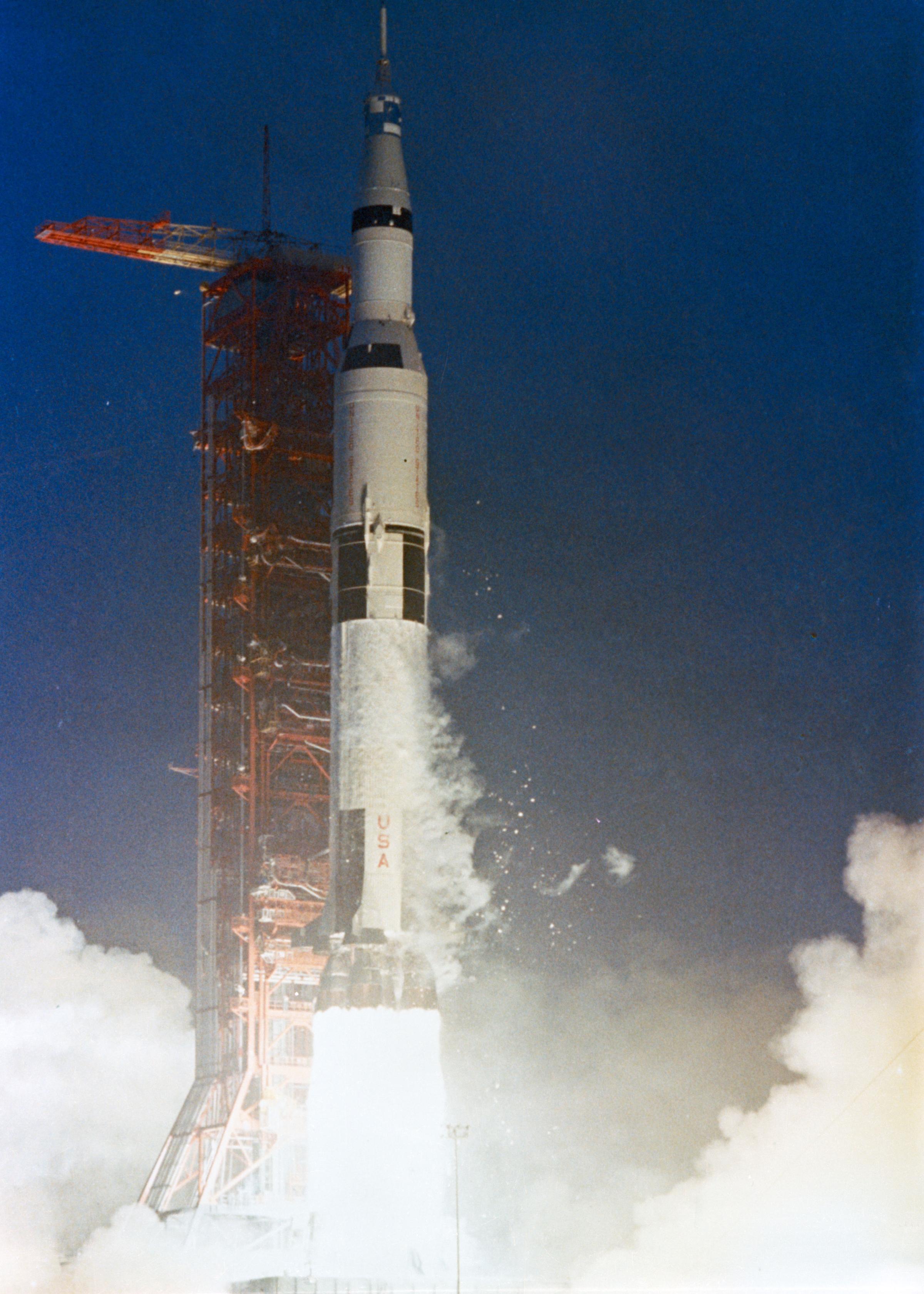
Date: 14th March 2024
Time: 2.30pm
Venue: West Road Concert Hall, University of Cambridge
“Intersections” the SOUND/IMAGE tour continues with a concert as part of the 2024 Cambridge Festival.
This concert features four compositions from UK composers which demonstrate the diverse potential of recorded sound as a format for musical expression.
Programme
Dreaming Waves
by Emma Margetson [Format: 8 channel. Duration: 8min]

Dreaming Waves is inspired by the work, Inventions for Radio: The Dreams by Delia Derbyshire and Barry Bermange, in particular the movements Falling and Sea. This piece explores the cyclic motion and sensations of dreaming with small pockets of memories and abstract sounds surfacing, creating an enveloping sound world of electronically generated material, archival material (from DD110) and source recordings.
The structure of this work is also inspired by a sketch from Delia’s notes, in which the visual score has helped emanate the use of space, frequency content within the work and larger gestural structures.
A Bit Closer to Home
by Brona Martin [Format: 8 channel. Duration: 14min]

This piece explores the idea of sound romances (1) and aural memories that connect us to a specific time and place in our lives. Changing soundscapes can tell us a lot about the history of a place and how it is has changed over time. The sounds may have changed due to industrial engineering and economic developments. As composers we can create virtual soundscapes that can document the sounds of the past and recreate it. We can use the medium of Electroacoustic music to express the importance of changing soundscapes through the creative use of field recordings and spoken word. It is interesting to see what sounds people remember from their past. Why do they remember certain sounds more than others? Is it because they are disturbing? Is it because certain sounds are associated with a particular feeling from a specific time and place?
This composition brings together elements of soundscape composition, spoken word and electroacoustic techniques within an 10-channel speaker setup.
- Sound Romances: Any past or disappearing sound remembered nostalgically, particularly when idealized or otherwise given special importance. Whereas new sounds are often experienced as sound phobias, old or past sounds are often elevated to the category of sound romances in memory.
Truax, B. (1999), Handbook for Acoustic Ecology (CD-ROM), Vancouver, Cambridge Street Publishing.
Spoken Word: Tiernan Martin
Avartan
by Dushume [Format: stereo, w. live spatialisation. Duration: 8min]

Avartan explores how noise and sound induced music should be felt as vibration, rather than heard with the cochlear. Low frequencies, harsh recurrences, repetitions and cyclical motifs exist in entanglements within this studio work. Lower tones are not often a key part of the discourse when it comes to experimental music. Avartan challenges this neglect of bass and sub frequencies in most existing works. As such, the piece is a call to arms to address the lack of diversity and representation within the broader fields of the arts, academic, experimental, electronic music, and sound circles, in terms of both aural and cultural diversity with Black and South Asian artists. Avartan poignantly allows for varying volume and different modes of listening with a nod to hearing differences, whether it be through vibrating floors, dub soundsystems, loudspeakers or headphones. This work has been kindly supported through a commission by the Aural Diversity Network.
Through an Ocean of Storms
by Andrew Knight-Hill [Format: 5.1. Duration: 17min]

Originally composed as a soundtrack for a short film celebrating the 50th anniversary of the Apollo 12 mission, this 5.1 surround sound composition is made entirely from audio recordings of the NASA Apollo 12 mission and extended trumpet (performed by Dr Bede Williams, St Andrew’s University). The work is loosely structured around the narrative of the mission using live radio communications as dialogue, with which the music provides an affective and evocative sonic score exploring explores the extension of human potential via technology, seeking to evoke the wonder, awe and challenge of human endeavour and exploration.
Combining techniques from electroacoustic music and film sound design, this practice research output is an applied exploration of the synthesis of these disparate fields of practice and was developed as a practice research component of the AHRC Leadership Fellowship “Audiovisual Space: Recontextualising Sound Image Media”.
Find our more about the work of the SOUND/IMAGE Research centre and our own programme of Loudspeaker Orchestra Concerts: